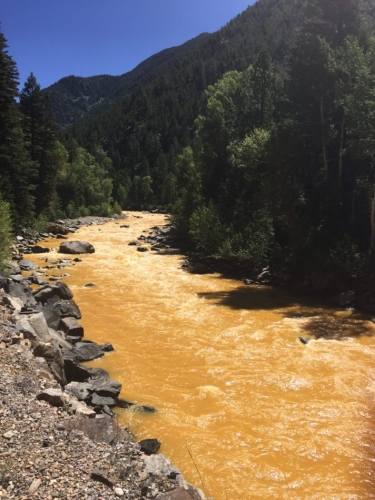
The Abandoned Mine Problem: Who Should Bear the Burden?
Oct 11, 2018 at 4:00pm
Thousands of abandoned and orphaned mines dot the American West. They pose a danger to both public and environmental health, and responsible parties are difficult to find, differentiate, or hold accountable. Why do inactive mines continue to pose safety hazards and pollute our waterways? The laws in place simply don’t have teeth. The Gold King Mine wastewater spill in southwestern Colorado in 2015 was a good reminder of the scope of the problem of abandoned and orphaned mines and how our current regulatory framework falls short.
There are three laws that generally govern mining law in the United States: the 1872 Mining Law, the Clean Water Act, and the Comprehensive Environmental Response, Compensation, and Liability Act (CERCLA). These laws lack concrete measures to prevent mine spills from occurring as well as reliable methods to ensure that all mines receive the necessary attention in the case of a spill (or better yet, to prevent one). In addition, these laws can create liabilities and disincentives on parties who might otherwise be willing to come in and remediate the mine on their own. However, some states are turning towards a non-traditional form of legislation: Good Samaritan laws, in which citizens, companies, and organizations would be not liable in the case they decide to take on the task of cleaning up acid mine drainage.
Read the full article.
